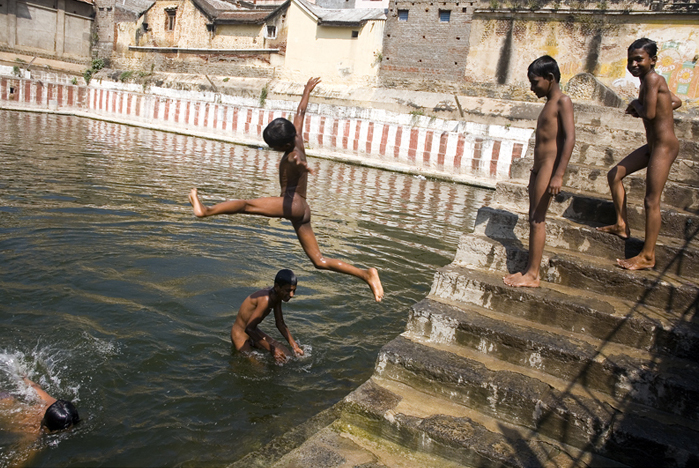

 Islam
IslamIn Islam the area of the body not meant to be exposed in public is called the awrah, and while referred to in the Qur'an, is addressed in more detail in hadith.
* For men, the awrah is from the navel well to well below the knees, which means that in public Muslim men have to cover themselves at least from the navel down below the knees.
* Some Muslim women wear the hijab, which covers the entire body except for the hands, the feet, and the face.
* Some Islamic countries require women to observe purdah, covering their entire bodies, except the face (see burqa). However, the degrees of covering vary according to local custom and/or interpretation of Islamic Law
* For men, the awrah is from the navel well to well below the knees, which means that in public Muslim men have to cover themselves at least from the navel down below the knees.
* Some Muslim women wear the hijab, which covers the entire body except for the hands, the feet, and the face.
* Some Islamic countries require women to observe purdah, covering their entire bodies, except the face (see burqa). However, the degrees of covering vary according to local custom and/or interpretation of Islamic Law











































